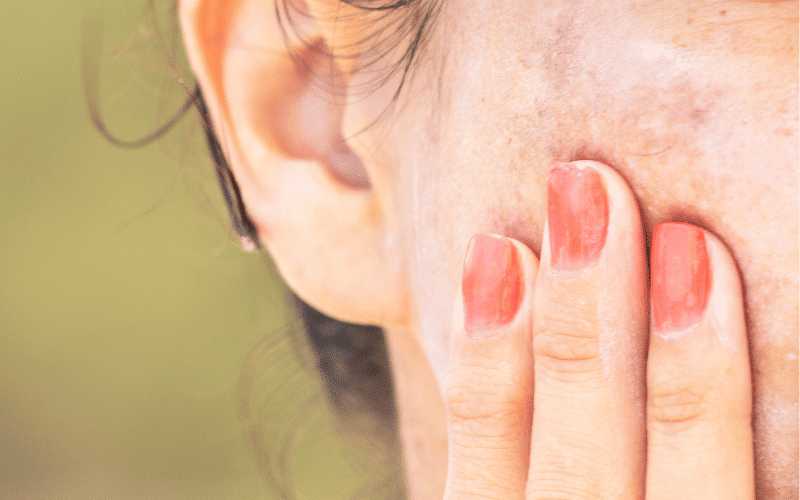Symptom 6: Discoloration and Pigmentation Changes

Severe atopic dermatitis can cause changes in the skin’s color and pigmentation. This can manifest as either hyperpigmentation (darkening of the skin) or hypopigmentation (lightening of the skin) in affected areas. These changes can be more noticeable in individuals with darker skin tones.
Discoloration and pigmentation changes can result from the skin’s inflammation and damage, as well as the body’s response to healing. Over time, the skin may regain its normal pigmentation, but this process can be slow and may take several months or even years. In some cases, the pigmentation changes can be permanent.
To manage discoloration and pigmentation changes, it’s essential to focus on treating the underlying inflammation and preventing further damage to the skin. Topical treatments, such as corticosteroids or calcineurin inhibitors, can help reduce inflammation and itching, while proper skincare can help protect and heal the skin.
In some cases, healthcare providers may recommend skin lightening agents, such as hydroquinone or azelaic acid, to help even out skin tone. However, these treatments should be used with caution and under the guidance of a healthcare professional, as they can cause side effects or worsen the condition if used improperly. (6)